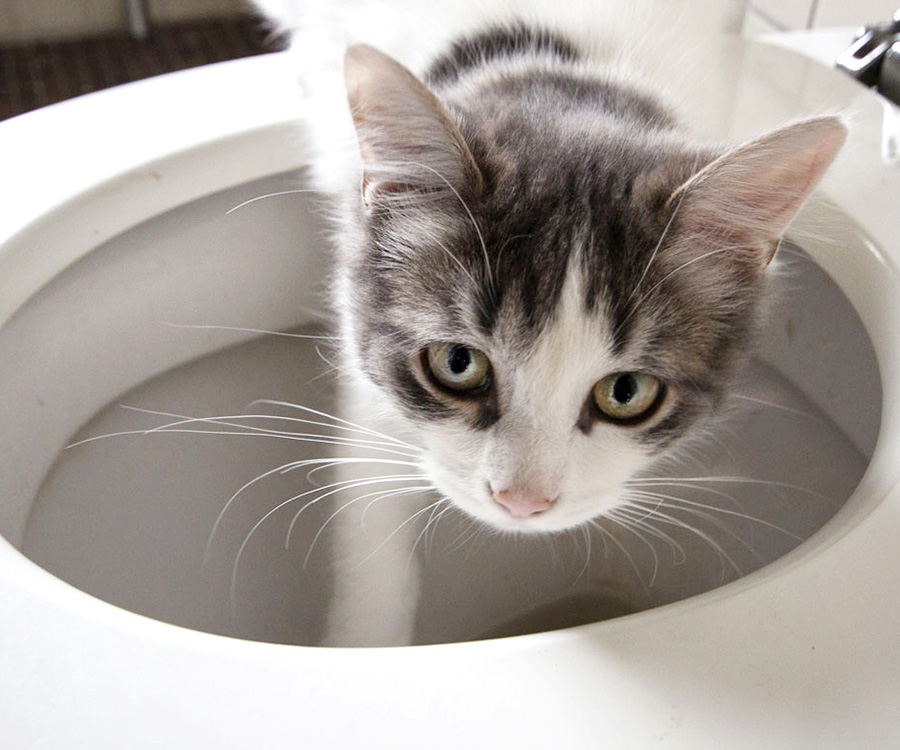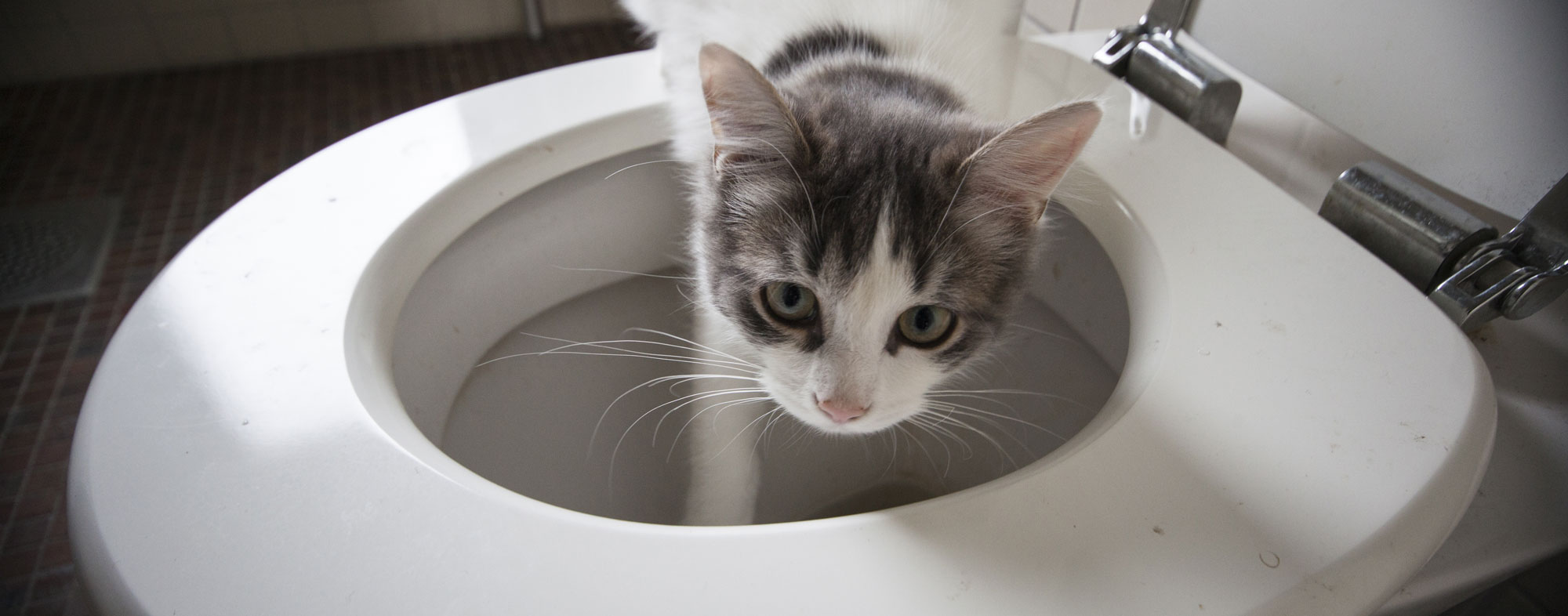The Consequences of Flushing Cat Poop Down Your Toilet - Safeguard Your Pipes
The Consequences of Flushing Cat Poop Down Your Toilet - Safeguard Your Pipes
Blog Article
What are your thoughts concerning Can You Flush Cat Poo or Litter Down the Toilet??

Intro
As cat proprietors, it's important to be mindful of how we get rid of our feline pals' waste. While it may seem hassle-free to purge feline poop down the bathroom, this technique can have damaging effects for both the setting and human wellness.
Environmental Impact
Flushing feline poop introduces unsafe virus and parasites into the water, posturing a substantial danger to aquatic communities. These contaminants can adversely influence aquatic life and compromise water quality.
Health Risks
Along with ecological issues, purging cat waste can additionally position wellness risks to human beings. Feline feces might include Toxoplasma gondii, a parasite that can create toxoplasmosis-- a potentially serious ailment, especially for expectant ladies and people with damaged body immune systems.
Alternatives to Flushing
Fortunately, there are more secure and more accountable ways to throw away feline poop. Think about the adhering to choices:
1. Scoop and Dispose in Trash
One of the most typical method of throwing away feline poop is to scoop it into a naturally degradable bag and toss it in the garbage. Be sure to use a devoted litter inside story and throw away the waste without delay.
2. Use Biodegradable Litter
Go with naturally degradable cat clutter made from materials such as corn or wheat. These clutters are environmentally friendly and can be safely taken care of in the garbage.
3. Hide in the Yard
If you have a backyard, consider hiding cat waste in a marked area far from veggie gardens and water resources. Make sure to dig deep adequate to avoid contamination of groundwater.
4. Mount a Pet Waste Disposal System
Purchase an animal garbage disposal system especially created for feline waste. These systems make use of enzymes to break down the waste, decreasing smell and ecological influence.
Conclusion
Accountable family pet ownership prolongs beyond supplying food and sanctuary-- it additionally involves proper waste management. By avoiding flushing cat poop down the toilet and choosing alternative disposal approaches, we can minimize our ecological footprint and protect human health.
Why Can’t I Flush Cat Poop?
It Spreads a Parasite
Cats are frequently infected with a parasite called toxoplasma gondii. The parasite causes an infection called toxoplasmosis. It is usually harmless to cats. The parasite only uses cat poop as a host for its eggs. Otherwise, the cat’s immune system usually keeps the infection at low enough levels to maintain its own health. But it does not stop the develop of eggs. These eggs are tiny and surprisingly tough. They may survive for a year before they begin to grow. But that’s the problem.
Our wastewater system is not designed to deal with toxoplasmosis eggs. Instead, most eggs will flush from your toilet into sewers and wastewater management plants. After the sewage is treated for many other harmful things in it, it is typically released into local rivers, lakes, or oceans. Here, the toxoplasmosis eggs can find new hosts, including starfish, crabs, otters, and many other wildlife. For many, this is a significant risk to their health. Toxoplasmosis can also end up infecting water sources that are important for agriculture, which means our deer, pigs, and sheep can get infected too.
Is There Risk to Humans?
There can be a risk to human life from flushing cat poop down the toilet. If you do so, the parasites from your cat’s poop can end up in shellfish, game animals, or livestock. If this meat is then served raw or undercooked, the people who eat it can get sick.
In fact, according to the CDC, 40 million people in the United States are infected with toxoplasma gondii. They get it from exposure to infected seafood, or from some kind of cat poop contamination, like drinking from a stream that is contaminated or touching anything that has come into contact with cat poop. That includes just cleaning a cat litter box.
Most people who get infected with these parasites will not develop any symptoms. However, for pregnant women or for those with compromised immune systems, the parasite can cause severe health problems.
How to Handle Cat Poop
The best way to handle cat poop is actually to clean the box more often. The eggs that the parasite sheds will not become active until one to five days after the cat poops. That means that if you clean daily, you’re much less likely to come into direct contact with infectious eggs.
That said, always dispose of cat poop in the garbage and not down the toilet. Wash your hands before and after you clean the litter box, and bring the bag of poop right outside to your garbage bins.
https://trenchlesssolutionsusa.com/why-cant-i-flush-cat-poop/

I am very excited about How to Dispose of Cat Poop and Litter Without Plastic Bags and I really hope you enjoyed the new blog post. Do you know somebody else who is enthusiastic about the niche? Why not share it. Thank you so much for going through it.
Booking Report this page